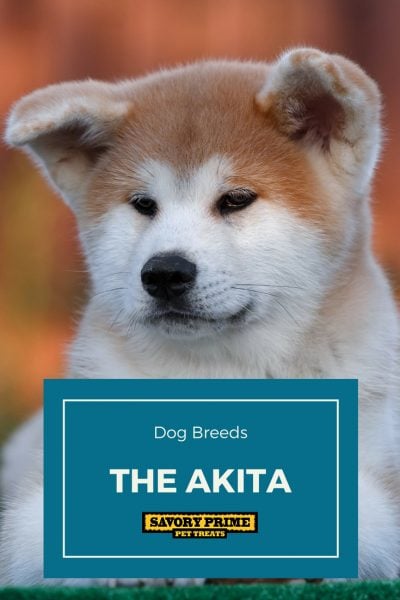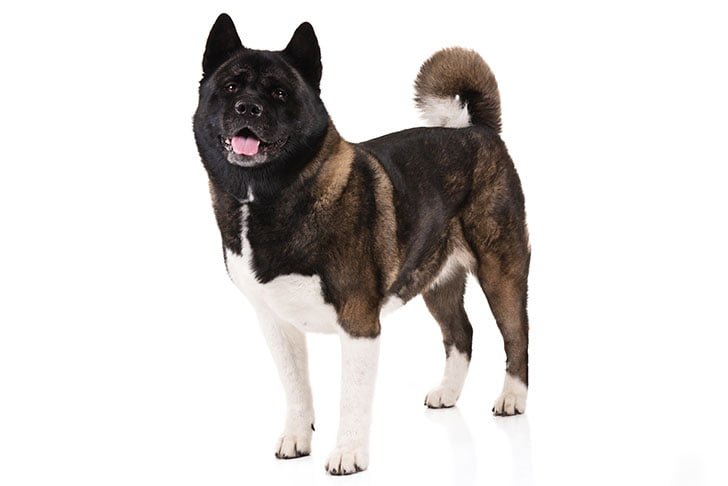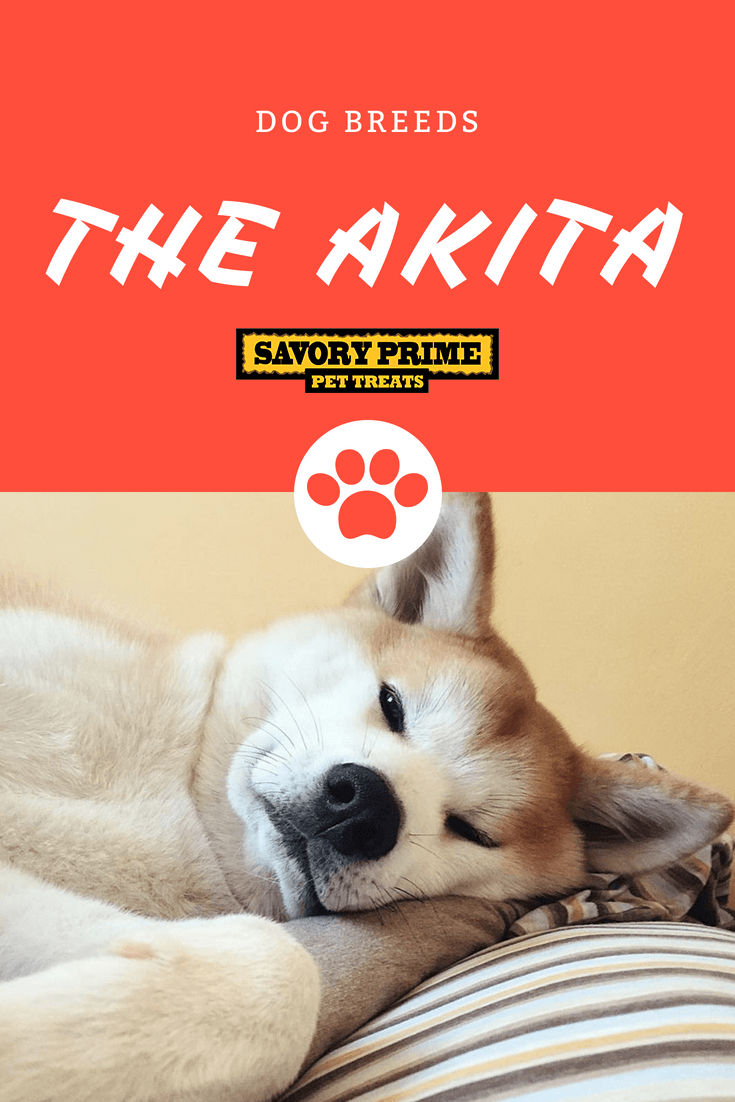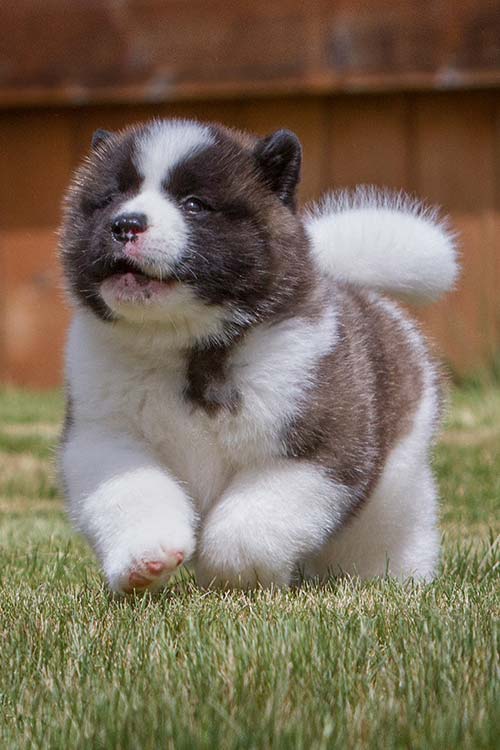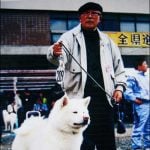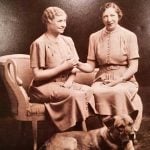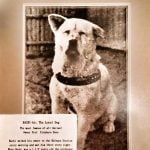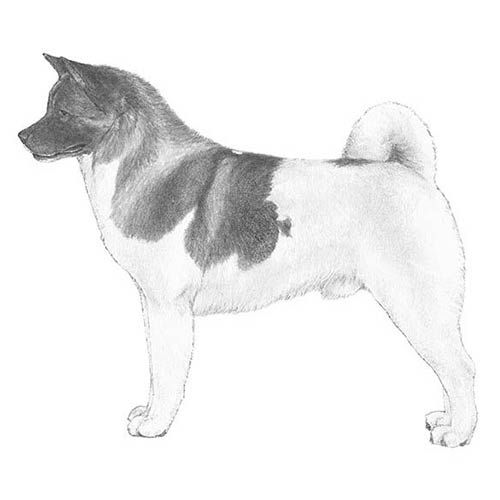Akita’s are muscular, double-coated dogs of ancient Japanese lineage famous for her dignity, courage, and loyalty. In her native land, she’s venerated as family protectors and symbols of good health, happiness, and long life.
About the Akita
Akitas are burly, heavy-boned spitz-type dogs of imposing stature. Standing 24 to 28 inches at the shoulder, Akitas have a dense coat that comes in several colors, including white. The head is broad and massive and is balanced in the rear by a full, curled-over tail. The erect ears and dark, shining eyes contribute to an expression of alertness, a hallmark of the breed.
Akitas are quiet, fastidious dogs. Wary of strangers and often intolerant of other animals, Akitas will gladly share their silly, affectionate side with family and friends. They thrive on human companionship. The large, independent-thinking Akita is hardwired for protecting those they love. They must be well socialized from birth with people and other dogs.
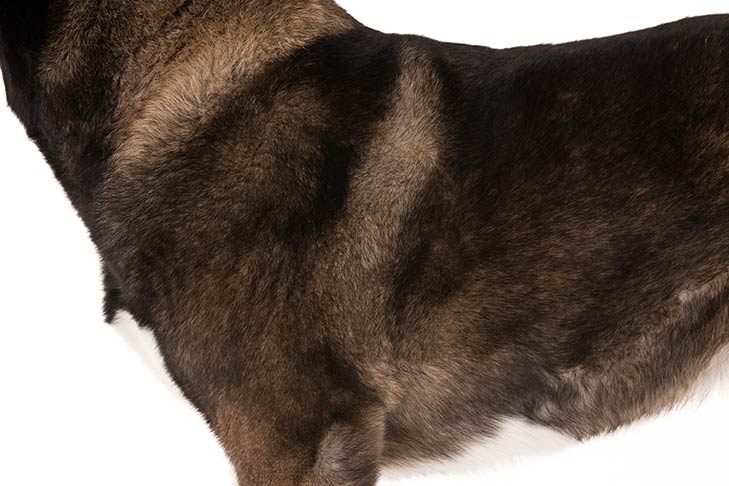
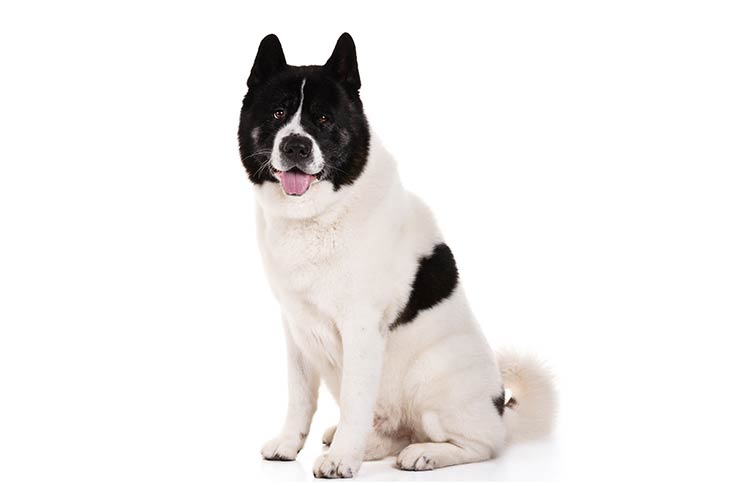
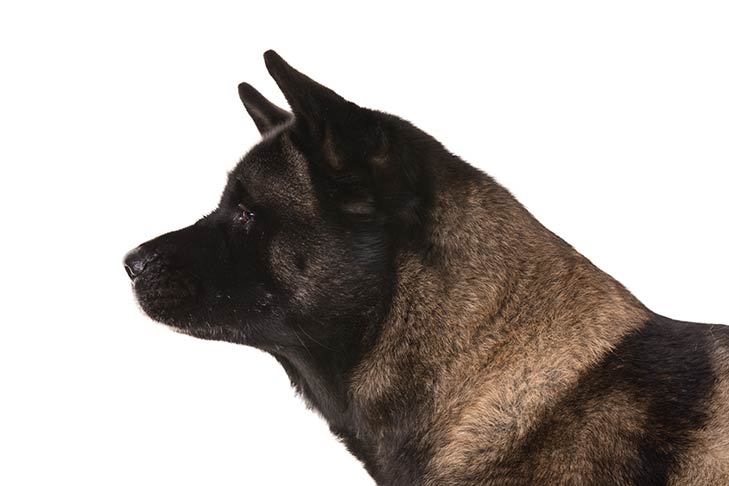
-
Temperament: Courageous, Dignified, Profoundly Loyal
-
AKC Breed Popularity: Ranks 46 of 194
-
Height: 26-28 inches (male), 24-26 inches (female)
-
Weight: 100-130 pounds (male), 70-100 pounds (female)
-
Life Expectancy: 10-13 years
-
Group: Working Group
GENERAL APPEARANCE
Large, powerful, alert, with much substance and heavy bone. The broad head, forming a blunt triangle, with a deep muzzle, small eyes and erect ears carried forward in line with the back of the neck, is characteristic of the breed. The large, curled tail, balancing the broadhead, is also characteristic of the breed.
HEAD
Massive but in balance with body; free of wrinkle when at ease. Skull flat between ears and broad; jaws broad and powerful with minimal dewlap. Head forms a blunt triangle when viewed from above. Fault – Narrow or snipey head. Ears – The ears of the Akita are characteristic of the breed. They are strongly erect and small in relation to rest of head. If the ear is folded forward for measuring length, the tip will touch upper eye rim. Ears are triangular, slightly rounded at tip, wide at base, set wide on head but not too low, and carried slightly forward over eyes in line with back of neck. Disqualification – Drop or broken ears. Eyes – Dark brown, small, deep-set and triangular in shape. Eye rims black and tight. Lips and Tongue – Lips black and not pendulous; tongue pink. Teeth – Strong with scissors bite preferred, but level bite acceptable. Disqualification – Noticeably undershot or overshot.
BODY
Thick and muscular; comparatively short, widening gradually toward shoulders. A pronounced crest blends in with the base of the skull. Body – Longer than high, as to 10 is to 9 in males; 11 to 9 in bitches. Measurement from the point of the sternum to the point of buttocks. Chest wide and deep; reaching down to the elbow, the depth of the body at the elbow equals half the height of the dog at the withers. Ribs well sprung, brisket well developed. Level back with firmly-muscled loin and moderate tuck-up. Skin pliant but not loose. Serious Faults – Light bone, rangy body.
TAIL
Large and full, set high and carried over back or against flank in a three-quarter, full, or double curl, always dipping to or below the level of the back. On a three-quarter curl, tip drops well down the flank. Root large and strong. Tailbone reaches hock when let down. Hair coarse, straight and full, with no appearance of a plume. Disqualification – Sickle or uncurled tail.
FOREQUARTERS
Shoulders strong and powerful with moderate layback. Forelegs heavy-boned and straight as viewed from the front. An angle of pastern 15 degrees forward from vertical. Faults – Elbows in or out, loose shoulders.
COAT
Double-coated. Undercoat thick, soft, dense and shorter than outer coat. Outer coat straight, harsh and standing somewhat off the body. Hair on head, legs, and ears short. Length of hair at withers and rump approximately two inches, which is slightly longer than on rest of body, except the tail, where the coat is longest and most profuse. A fault-any indication of ruff or feathering
HINDQUARTERS
Width, muscular development and bone comparable to forequarters. Upper thighs well developed. Stifle moderately bent and hocks well let down, turning neither in nor out. Dewclaws – On front legs generally not removed; dewclaws on hind legs generally removed. Feet – Cat feet, well knuckled up with thick pads. Feet straight ahead.
Care
Nutrition
The Akita should do well on a high-quality dog food, whether commercially manufactured or home-prepared with your veterinarian’s supervision and approval. Any diet should be appropriate to the dog’s age (puppy, adult, or senior). Some breed experts recommend that Akitas aged 7 years and older be fed a “light” or less calorie-dense diet as a defense against possible onset of kidney disease.
Some dogs are prone to getting overweight, so watch your dog’s calorie consumption and weight level. Treats can be an important aid in training, but giving too many can cause obesity. Learn about which human foods are safe for dogs, and which are not. Check with your vet if you have any concerns about your dog’s weight or diet. Clean, fresh water should be available at all times. It’s important to remember that some Akitas can be food-possessive, and should be given their food bowl or treats well away from other animals or children.
Grooming
Akitas tend to be clean and have little “doggy odor.” They don’t require extensive grooming, but their thick, luxurious double coat should be brushed at least once a week to look its best. Although Akitas shed only minimally most of the time, expect their dense undercoat to “blow” twice a year, where it will shed so profusely that it comes out in clumps all over your house. During this time it helps to brush the dog more frequently to get rid of the dead coat. The nails should also be trimmed regularly, as overly long nails can cause pain and problems for the dog. Remember also to brush the dog’s teeth often to ensure dental health.
Exercise
The Akita is generally not a highly active breed but does require moderate exercise. A jog or a brisk walk around the block at least once a day can meet the needs of most individuals of the breed. Akitas also enjoy playing energetically. Although they are large dogs — males often weigh more than 100 pounds — with sufficient daily exercise Akitas can do well in a relatively small home. They are hardy dogs bred to withstand the harsh outdoor conditions of northern Japan, but they were bred as house dogs and guardians as well as hunters, and adapt very well to life in the home.
Training
Akitas are very intelligent and loyal but also have an independent, headstrong nature. As large and very powerful dogs, it is vital that they are trained consistently, beginning in puppyhood. They are instinctive guardians, so it’s especially important that Akitas have early and extensive socialization when young. They must learn to accept a wide variety of strangers and not perceive them as a threat. Because of their independence and strong prey drive, they should never be off lead in an unsecured area. Akitas tend to be aggressive toward other dogs, particularly of the same sex, and extreme caution should be used in canine interactions.
Health
Like many dogs, Akitas can experience bloat, a sudden, life-threatening condition where the stomach can twist without veterinary intervention. Bloat is a medical emergency, and Akita owners should learn to recognize the signs. Prospective owners should be sure to work with a reputable breeder who tests his or her breeding stock for health concerns such as eye and thyroid disorders, and hip dysplasia, a malformation of the hip joints that can cause pain and arthritis.
Recommended Health Tests from the National Breed Club:
- Hip Evaluation
- Ophthalmologist Evaluation
- Thyroid Evaluation
History
Akitas are Japan’s entry in the ancient canine clan of spitz-type dogs bred around the world on the globe’s northern latitudes. The breed as we know it was developed in the early 17th century in the Akita prefecture of northern Japan. It is said that the emperor banished a wayward nobleman to the prefecture, the northernmost province of the island of Honshu, where the nobleman was ordered to live out his days as a provincial ruler. As it happens, this exiled aristocrat was an ardent dog man and encouraged the barons under his sway to compete in the breeding of a large, versatile hunting dog. Generations of selective breeding produced the Akita, a powerful hunter with a strong work ethic and stout heart who worked in packs on such big game as wild boar, deer, and the fearsome Yezo bear. Owning Akitas was once restricted to the imperial family and their court. In more recent times, just plain folks the world over have employed their Akitas as world-class family guardians.
Akitas have for centuries been the object of myth and legend and occupy a special place in Japanese culture. When a child is born, the parents will usually receive an Akita figurine signifying happiness and long life, in keeping with an old Japanese tradition. A famously loyal Akita of the 1920s named Hachiko is among Japan’s most cherished symbols.
Various times during the Akita’s long history, the breed teetered on the brink of extinction. To ensure the Akita’s survival, a Japanese national breed club was founded in 1927. Helen Keller is credited with bringing the first Akita to the United States, a gift she received while visiting Japan. Akitas caught on in America after WWII, when returning GIs brought them back from the Pacific. The breed entered the AKC Stud Book in 1972.
Did you Know?
The “Inu” that is sometimes added to the name simply means “dog”.
There is a spiritual significance attached to the Akita; when a child is born in Japan, the proud family will usually receive a small statue of an Akita signifying health, happiness, and a long life.
The most famous Akita of all time was named Hachiko, a dog that waited around for 9 years in a Japanese train station for his master (who had died unexpectedly) to come home from work. Richard Gere stars in Hollywood’s version of the story, “Hachi: A Dog’s Tale.”
The Akita is aggressive with other dogs and is especially prone to same-sex aggression.
Recent Pet Posts
Blog Categories
Product categories
- Accessories (7)
- Chicken & Veggie Wraps (8)
- Grillers Jerky Tenders (4)
- Jerky Treats (10)
- Made in the USA (9)
- Non-Rawhide Treats (28)
- Beggar Bone (11)
- Bully Sticks (4)
- Butcher Bone (4)
- Cod Skin Fish Treats (3)
- Pork Skin Twists (2)
- Pressed Rawhide Bones & Rolls (16)
- Bones & Rolls (6)
- Pressed Rawhide Bulk (6)
- Twist Sticks (4)
- Savory Munchies (13)
- Supreme Bones & Rolls (48)
- American Rawhide Bulk (16)
- Rawhide Bones (14)
- Rawhide Chips (6)
- Rawhide Rolls & Sticks (12)
- Uncategorized (8)

